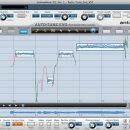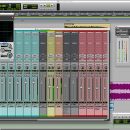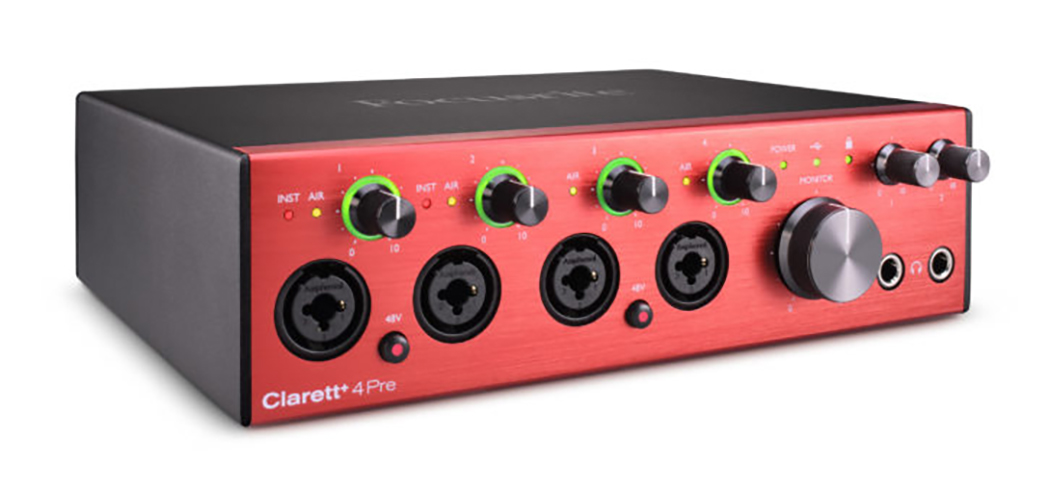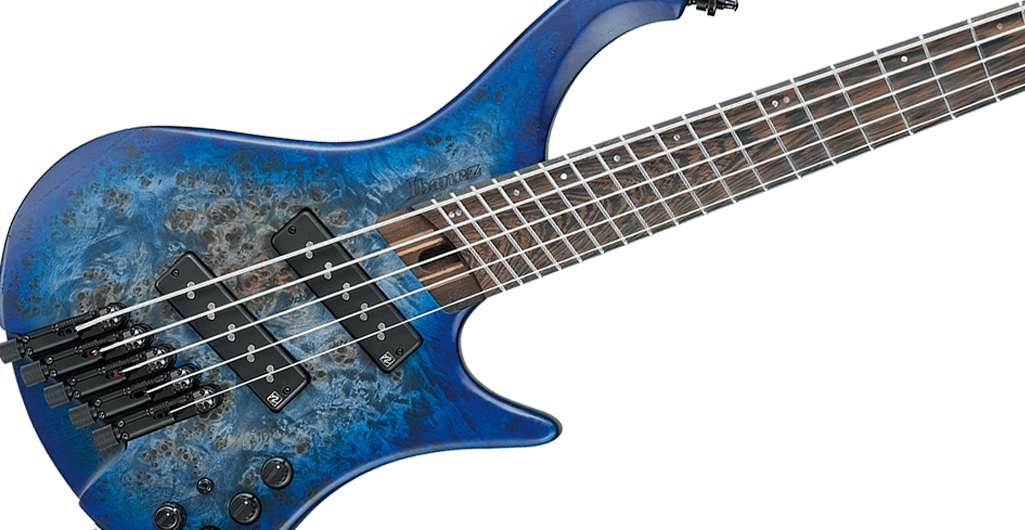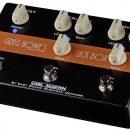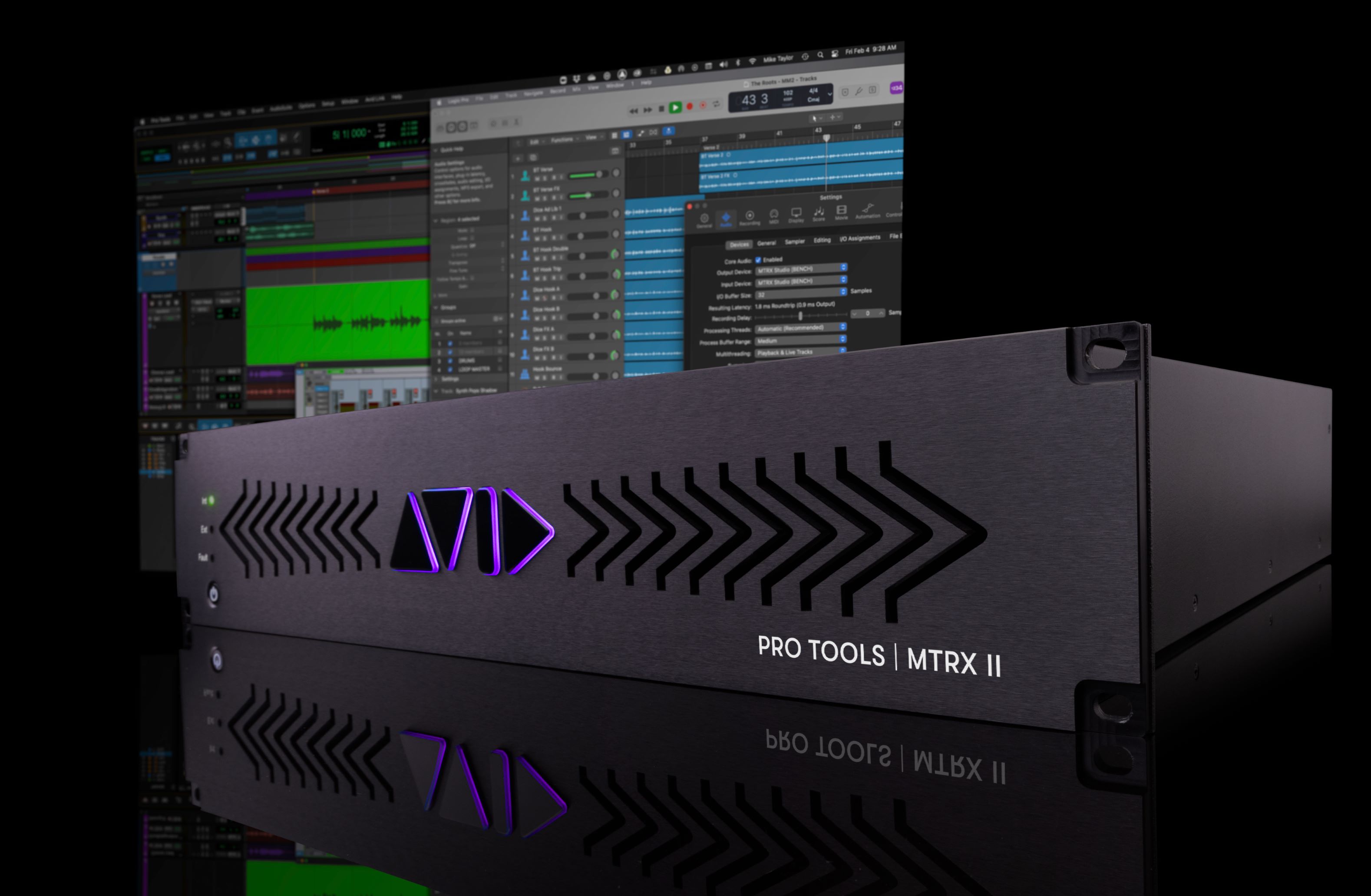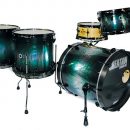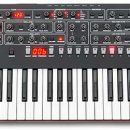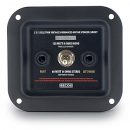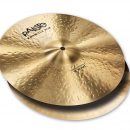 Why You Should Know Him
Why You Should Know Him
English guitarist John Sykes dominated the rock charts in the ‘80s with the legendary bands Whitesnake and Thin Lizzy. Despite the fact that he has played guitar with some of the most popular metal bands of all time, his name remains mostly unknown to the general public. However, he has developed a reputation among serious musicians for being an extremely versatile musician and having remarkable talent.
At the young age of 23, Sykes was invited to join Thin Lizzy, one of the most respected and popular Irish hard-rock bands at the time. He contributed to the band’s final albums before their dissolution. Their album Thunder and Lightning was released in 1983, and Sykes toured with the band on what would become their final tour.
In 1984, David Coverdale hired Sykes to join Whitesnake following the release of their album, Slide It In. He laid down some guitar tracks on the album and toured to support it, culminating in an unforgettable performance in 1985 at the festival, Rock in Rio. Sykes also co-wrote many songs on Whitesnake’s multi-platinum-selling 1987 self-titled album, as well as played guitar and sang backing vocals.
His run with Whitesnake would come to an end when Coverdale eventually fired the whole band, bringing in Adrian Vandenberg (another one of our featured artists) for the release of the bands biggest single, “Here I Go Again.” Although he was out of the band before the release of the self-titled album, Sykes still co-wrote and played on many of the tracks. The album sold over eight million copies, and his guitar playing on classic metal tunes like “Still of the Night” and “Here I Go Again” influenced generations of metal players.
Sykes’ next musical venture was a collaboration with Vanilla Fudge/Rod Stewart drummer Carmine Appice, and The Firm bassist Tony Franklin—forming the super-group, Blue Murder. The band signed a record deal with Geffen and released a moderately successful self-titled debut album, followed by a less-successful album, which led to the band’s demise.
Always evolving, Sykes became a solo artist after Blue Murder came to an end. Even though his solo career went on to receive critical acclaim, we still barely hear about him in the American guitar press.
The Gear
Sykes has a particular affection for Gibson Les Pauls. His main guitar is a 1978 Les Paul Custom, and it has been with him through thousands of shows and on every recording he has made in the last twenty years.
The guitar has undergone numerous hardware upgrades/retrofits—Grover tuners, a brass nut, a lower output Gibson PAF re-issue pickup that replaced the original Gibson “Dirty Fingers,” many re-fret jobs, etc.
In 2006, Gibson released a John Sykes signature Les Paul. There were two versions of this guitar: one version had all the wear and aging designed to look just like Sykes’ actual guitar, while the other had the same specs, but without the wear and tear.
Sykes plays Marshall and Mesa/Boogie amps. For the last ten years of touring, he has been plugging his Les Paul straight into one Marshall 50-watt JCM 800 head running into either a Marshall 4x12 or one of his custom-made cabinets. The second JCM rig, commonly seen on stage, is his backup.
For much of the Whitesnake album, and the first Blue Murder album, Sykes used two Mesa/Boogie Coliseum heads. These amps have a Mark III preamp section but use six 6L6 power tubes—giving the amps 180 watts each! Sykes also owns several Mesa/Boogie Mark IIC+ amps, Mark III’s, some rack-mounted Dual Rectifier heads, a TriAxis preamp, and a Strategy 500 power amp. The Mesa/Boogie gear was featured prominently during his Blue Murder days.
For speaker cabinets, Sykes uses Marshall 4x12 cabinets, Mesa Boogie metal grill “Half Back” 4x12 cabinets, Mesa Boogie 4x12 Recto cabinets, and some custom made 4x12 cabinets. Sykes’ rack gear included a rack-mounted Dunlop Crybaby, a Lexicon PCM 41, Lexicon PCM 70, and an H&H V800 power amp.
Where Is He Now?
In the years following Blue Murder, Sykes recorded several solo albums while also continuing to record music with other artists and developing his craft. In the late ‘90s, Sykes teamed up with former Thin Lizzy band members Scott Gorham, Brian Downey, and Darren Wharton for a reunion. Sykes sang vocals as well as playing lead guitar during the tour.
In 2009, after a number of reunion shows throughout the new millennium, Sykes decided to call it quits with Thin Lizzy, admitting that he wanted to get back into the studio and work on his solo music. Legions of fans (us included) have been awaiting the release of new music and in 2013, Sykes announced he would be releasing his fifth solo album with 30 new tracks for 2014.
Multiple delays have pushed the album back, but German Rocks magazine reported in March that Sykes will release his first album in seventeen years, Sy-Ops, before the end of 2017. Here’s hoping!



